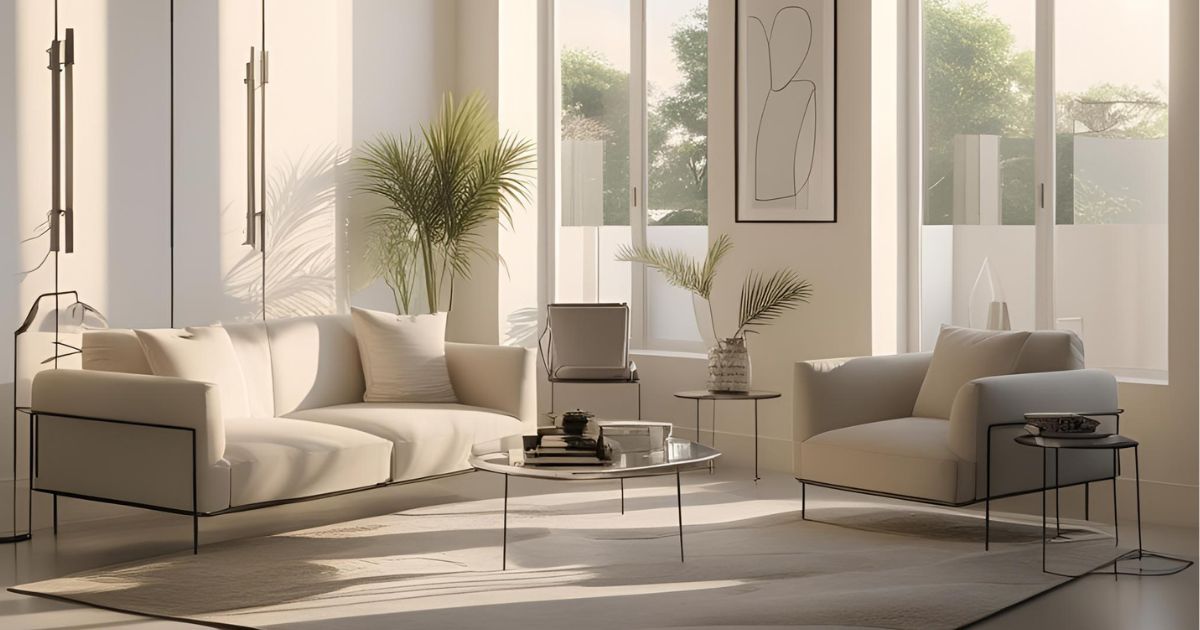In a world filled with noise and clutter, minimalist interior design offers a refreshing antidote. Rooted in the principle of “less is more,” minimalism is about creating calm, functional, and visually balanced spaces by stripping away the unnecessary and highlighting what truly matters. But minimal doesn’t mean boring—it means intentional.
Here’s how to embrace minimalist interior design and craft a home that’s simple, stylish, and serene.
1. What Is Minimalist Design?
Minimalist design focuses on clarity, functionality, and harmony. It’s characterized by:
- Clean lines
- Neutral color palettes
- Open, uncluttered spaces
- Thoughtful use of materials
- High-quality, multipurpose furniture
At its core, minimalism is not just an aesthetic—it’s a lifestyle choice that values quality over quantity and calm over chaos.
2. Start With a Clean Foundation
Begin by decluttering. Remove anything that doesn’t serve a clear purpose or bring you joy. Minimalist spaces are not void of personality—they’re simply free of distractions.
Tips:
- Keep only what you use and love
- Store items out of sight to maintain clean surfaces
- Opt for closed storage to reduce visual clutter
3. Stick to a Neutral Color Palette
A hallmark of minimalist design is its use of neutral tones—white, beige, gray, and black. These colors create a sense of space and tranquility.
Accent mindfully:
You can still introduce color through muted tones, soft pastels, or natural materials like wood, stone, and linen.
4. Choose Quality Over Quantity
Minimalism is about being selective. Instead of filling your space with lots of pieces, choose a few that are functional, well-crafted, and aesthetically timeless.
Look for:
- Multi-purpose furniture (e.g., storage ottomans, extendable tables)
- Timeless silhouettes and durable materials
- Pieces that balance form and function
5. Let Space Breathe
Don’t feel pressured to fill every wall or corner. Empty space is an important element in minimalist design—it helps highlight the objects and architecture you do choose to display.
Pro Tip:
Allow for visual “white space” between items to create balance and intentionality.
6. Use Texture for Depth
Minimal doesn’t mean flat. Add warmth and dimension by mixing textures—think soft wool rugs, smooth concrete countertops, matte ceramics, and natural woods.
Ideas:
- Linen curtains
- Leather cushions
- Woven baskets
- Unfinished wood or raw metal finishes
7. Embrace Natural Light
Minimalist interiors often rely on natural light to brighten and define the space. Keep window treatments light and airy to let sunshine in and highlight architectural elements.
Try:
- Sheer curtains or shades
- Large mirrors to reflect light and open up the room
- Open windowsills with minimal decor
8. Add Thoughtful Accents
Decorate with intention. One impactful piece—a sculptural lamp, a single piece of artwork, a well-placed plant—can speak louder than a shelf full of decor.
Accent ideas:
- A framed black-and-white photo
- A tall houseplant in a ceramic pot
- A simple candle arrangement on a coffee table
Final Thoughts
Minimalist interior design is more than a trend—it’s a way of living with clarity and purpose. By embracing simplicity and intentionality, you create a home that feels open, calm, and inspiring.
Remember: minimalism isn’t about having less just for the sake of it. It’s about making room for what matters most—space to think, breathe, and live well.

